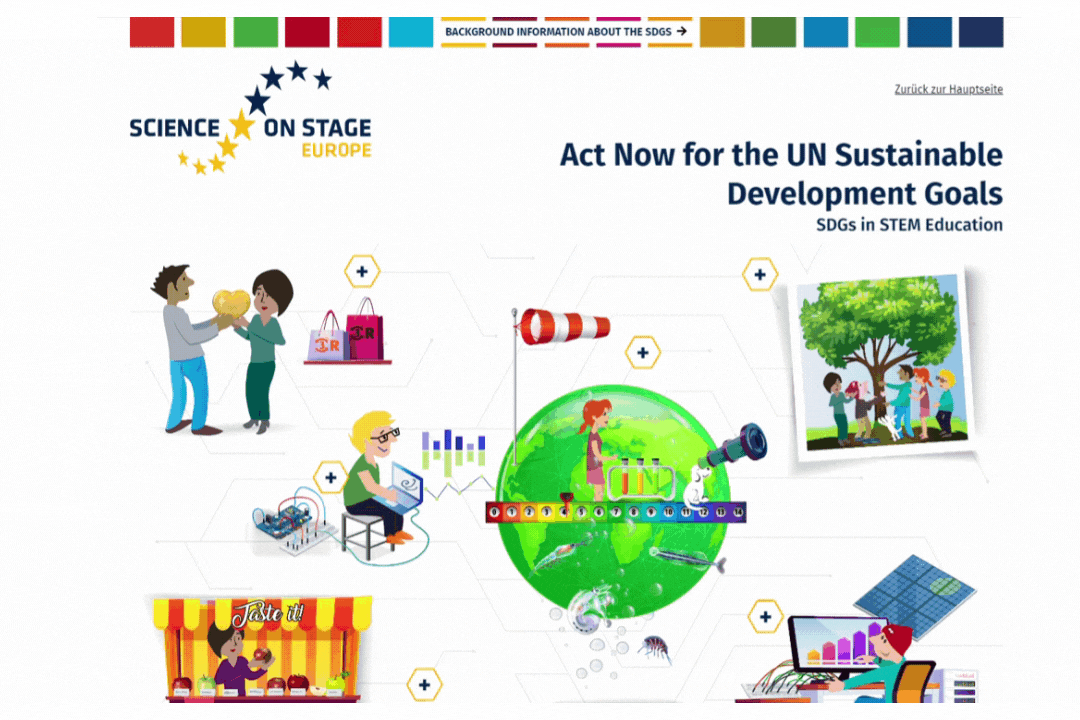Italian nurseries may employ a variety of materials to help children learn and grow. Here are a few examples of the materials that are appropriate for use in the classroom: Manipulatives. These are the objects that youngsters can play with to learn, explore, and develop problems-solving abilities and fine motor skills. Examples of manipulatives for Italian preschools include blocks, pegboards (sorting games), stacking toys, and puzzles.
Visual aids are an excellent method to aid children in learning and retain concepts as well as improve their language. Visual aids for Italian Kindergartens include charts, illustrations posters, flashcards and maps.
Educational Technology The use of technology in education can be a fantastic method to enhance learning and give students more resources. Italian technologies for nursery schools include touchscreen tablets that have educational apps and interactive whiteboards.
All educational materials utilized in Italian nursery schools should be appropriate for the age of the child, safe and culturally relevant. Also, the materials must be selected taking into consideration the unique requirements and preferences of the children attending the school. Teachers and caregivers in the nursery school must periodically evaluate and update the materials they employ to ensure they are relevant and beneficial for their students. Follow the top rated materiale didattico italiano for website tips.

What Maths Cards Are Recommended For Italian Nursery Schools?
Maths didactic games can be efficient in introducing children to the basics of maths in Italian kindergartens. Maths didactics cards are available in various forms. These cards may include illustrations of animals or other objects that represent the number. This could make the process of learning more engaging.
Shape cards: Shapes cards can be used to teach children names and characteristics for different shapes, such as circles, squares triangles and rectangles. The illustrations could be of real objects that depict the shapes.
Color cards can be used to teach children the names of different colours as well as their shades. In order to make learning more interesting it is possible to include images of objects with a dominant color.
Counting cards: Counting card games can help children learn to count between 1 and 10 or higher. They can have illustrations of objects and animals that represent every number.
Time cards are a fantastic method to aid your child learn about time as well as the names of the dates and months. They can also include images of calendars or clocks to aid in learning.
It is crucial to select Maths educational cards that are appropriate for children of a certain age active, fun, and enjoyable for toddlers. Teachers and caregivers can utilize these Maths cards to create interactive and fun Maths activities. This will encourage the children's curiosity, and their enthusiasm to learn. Follow the most popular sostegno matematica for blog examples.

What Is The Best Way To Support Science Education In Italian Kindergartens?
It is essential to offer support for the use of science-based materials in Italian nurseries so children are able to explore and discover their environment. Here are some examples of the support of science teaching material that could be needed: Curriculum and Lesson Plans A well-designed curriculum and lesson plan that incorporates concepts of science can help expose children to a wide spectrum of scientific concepts and abilities.
Visual aids and manipulatives Charts, posters, natural objects and magnifying glasses kits are all a great way to help children understand scientific concepts through an interactive and tactile approach.
Books and videos. Videos or books that cover subjects like weather or space, animals, and plants can engage children and provide them with extra resources.
Outdoor spaces for learning. Gardens and playgrounds are great places for children to discover more about the nature of the world.
Participation of parents: involving parents in science education could aid in the reinforcement of concepts learned in the nursery. It also encourages family involvement.
Assessment tools. These tools help teachers and caregivers monitor the progress of their students and pinpoint areas that need to be addressed.
It is vital that teaching materials can be used by children of all ages. These materials are perfect for teachers and parents to create fun, engaging science projects which encourage children's love of studying and curiosity. Check out the top rated materiale didattico scienze for more tips.

What Are The Best Resources To Teach Geography In Italian Schools?
Italian nurseries may employ geography-related teaching materials to educate children on diverse cultures and the different settings. Here are some examples of possible geography teaching tools: Maps. A map can be used to help children comprehend geography, which includes the geographical features of different countries and regions.
Globes assist children in understanding the surface of the earth and are a great way to teach about the continents and the oceans.
Videos and photos: Photos and videos of locations and people from all over the world can aid children understand the diversity of cultures and ways of living.
Books: Books that are age-appropriate with a focus on different cultures and countries all over the world could encourage children to develop a curiosity for geography.
Natural substances. Materials like shells and plants are ideal for teaching children about ecosystems.
Field trips: A field trip to local parks or museums, zoos, and Zoos offer children a hands-on experience and an opportunity to learn geography in a realistic context.
The resources you select to teach geography must be appropriate for the age of the child, as well as culturally sensitive. Teachers and caregivers can make use of these materials to create engaging and interactive activities in geography that promote children's curiosity and enthusiasm for learning about the world around them.
